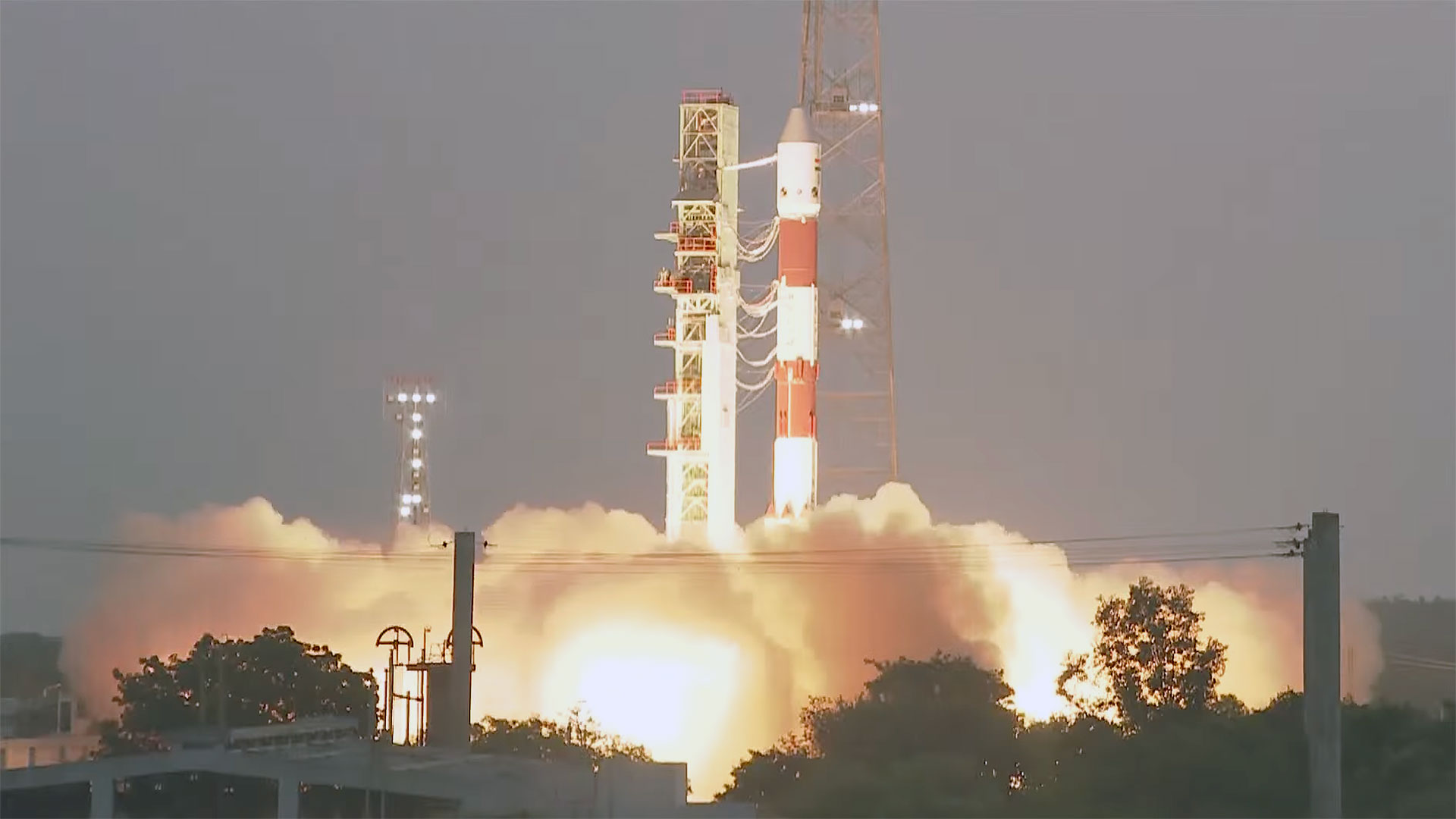Origami in Orbit: Ancient Art Inspires Efficient Spacecraft
The ancient art of origami has inspired designs for numerous pieces of hardware on NASA missions, allowing scientists to pack more technology into smaller space-bound packages.
For example, the agency is working on a piece of hardware called Starshade, which looks like a massive sunflower and could be made compact using what's known as an iris-folding pattern.
This pattern allows Starshade to be packed down into a space small enough to fit atop a rocket; the object could then unfurl to its full diameter of about 85 feet (26 meters) in space, according to NASA. Starshade would be used to block the light of distant stars so that a space-based telescope could image faint exoplanets in orbit around those stars.
"A huge part of my job is looking at something on paper and asking, 'Can we fly this?'" Manan Arya, a technologist working on Starshade at NASA's Jet Propulsion Laboratory in Pasadena, California, said in a statement from NASA. "Once I realized this is how you fold spacecraft structures, I became interested in origami. I realized I was good at it and enjoyed it. Now, I fold constantly."
One possible mission that could use the Starshade is the Wide Field Infrared Survey Telescope (WFIRST), which is expected to launch in the mid-2020s. WFIRST is designed to help scientists better understand dark energy, dark matter, planets around other stars and the universe's evolution. The Starshade would help the telescope detect smaller planets, according to the statement.
However, a micrometeorite strike could damage a large object like Starshade, puncturing it. Such damage would allow light to pass through the instrument and overwhelm the telescope's sensors. Using the origami-inspired folding pattern, however, the JPL team can make the Starshade more durable, though still compact enough that it can launch to space and fold smoothly, predictably and repeatedly, according to the statement.
"We use multiple layers of material to block starlight, separated by some gaps, so that if we do get hit, there's a good chance that there won't be a line-of-sight puncture," Arya said in the statement.
Get the Space.com Newsletter
Breaking space news, the latest updates on rocket launches, skywatching events and more!
Other space hardware designs inspired by origami include solar arrays, experimental wings designed for the space shuttle program in the 1980s and Echo 1, an inflatable, 10-story-tall satellite that was packed into a 26-inch-diameter (66 centimeters), spherical payload canister for launch.
Another origami-inspired experimental concept currently underway is called Transformers for Lunar Extreme Environments, which would consist of mirrors that would unfold in space and bounce the sun's rays into deep craters on the moon. If humans return to the lunar surface, the solar energy from Transformers could melt water ice and even be used to power machinery, according to the statement.

"With most origami, the magic comes from the folding," Robert Salazar, a JPL intern who helped design the Starshade folding pattern and now works on the Transformers project, said in the statement. "You can't design purely from geometry. You need to know the qualities of the material to understand how it will fold."
For the Transformers project, Salazar folds Kapton — a tinsel-like material used as spacecraft insulation — and a special polyethylene fabric that doesn't form permanent creases. Salazar works with JPL senior research scientist Adrian Stoica, who leads the Transformers project.
Folding space equipment could be incredibly useful for miniature, low-cost satellites called cubesats, which are each only about the size of a brick, and thus require small or compact instruments, according to the statement. Origami also has vast implications for radiation shielding that would be used on spacecraft to protect astronauts during future deep-space missions.
Yet another design that incorporates features of origami is the Pop-Up Flat Folding Explorer Robot (PUFFER). PUFFER is a lightweight, collapsible robot capable of flattening itself out, squeezing into tight spots and clambering up steep slopes. It is made from a folding circuit board embedded with fabric, according to the statement.
"There are so many patterns to still be explored," Salazar said. "Most designs are for shapes that fold flat. Nonflat structures, like spheres or paraboloids, largely haven't been done."
Follow Samantha Mathewson @Sam_Ashley13. Follow us @Spacedotcom, Facebook and Google+. Original article on Space.com.
Join our Space Forums to keep talking space on the latest missions, night sky and more! And if you have a news tip, correction or comment, let us know at: community@space.com.

Samantha Mathewson joined Space.com as an intern in the summer of 2016. She received a B.A. in Journalism and Environmental Science at the University of New Haven, in Connecticut. Previously, her work has been published in Nature World News. When not writing or reading about science, Samantha enjoys traveling to new places and taking photos! You can follow her on Twitter @Sam_Ashley13.
